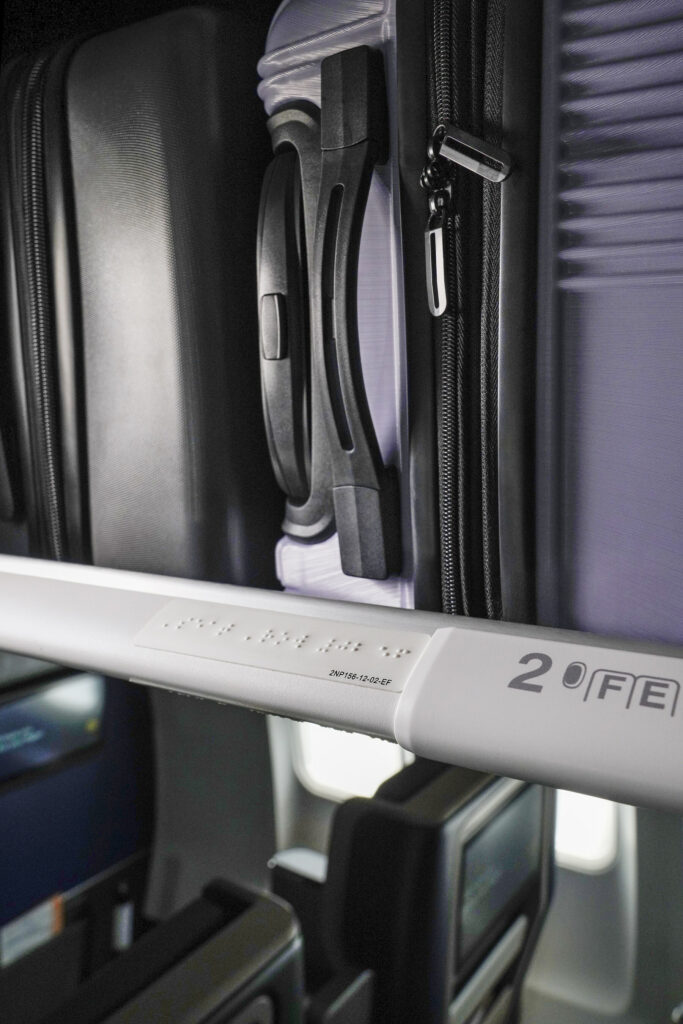United Airlines Introduces Braille and Enhances Inclusivity for Passengers with Visual Disabilities
Share
United Airlines has become the first U.S. carrier to introduce Braille throughout its plane interiors, providing valuable support for blind and visually impaired travelers.
This initiative was announced in a press release on July 27 during Disability Pride Month in the United States. The airline says that this highlights United’s dedication to creating a more inclusive flying experience for everyone.

By incorporating Braille markings, United Airlines says it will empower passengers with visual disabilities, enabling them to navigate the cabin independently and with greater ease. Approximately a dozen aircraft have already been equipped with Braille signage for rows, seat numbers, and lavatories, with plans to extend this accessibility feature to the entire mainline fleet by the end of 2026.
Linda Jojo, Executive Vice President and Chief Customer Officer for United, said that this announcement benefits all passengers and fosters inclusivity:
“Finding your seat on a plane or getting to the restroom is something most of us take for granted, but for millions of our customers, it can be a challenge to do independently. By adding more tactile signage throughout our interiors, we’re making the flying experience more inclusive and accessible, and that’s good for everyone.”
Recognizing the importance of collaboration in promoting inclusivity, United Airlines is working closely with the National Federation of the Blind (NFB) and the American Council of the Blind (ACB) to explore additional ways to support blind and visually disabled passengers. In addition to Braille, United is actively considering other navigational aids, such as large print and tactile indicators, with the aim of making air travel more accessible for the blind and low vision community.
United says that its commitment to accessibility extends beyond the aircraft’s interiors. The airline has enhanced accessibility across its entire platform by updating its mobile app, making it more user-friendly for screen-reading programs. This ensures visually impaired passengers can easily access the app’s features and services.
Braille is named after its creator, Louis Braille, a blind Frenchman who invented the language using raised dots in 1824. It has been a valuable tool for the blind community ever since and United Airlines’ incorporation of Braille pays tribute to this time-tested tactile reading system.
United Airlines’ growth plan includes the delivery of 700 new aircraft by 2032, all of which will be equipped with seatback screen options, offering passengers diverse choices for in-flight entertainment. This feature is valuable for visually impaired travelers, providing them with an alternative means of accessing information and entertainment during their journey.


